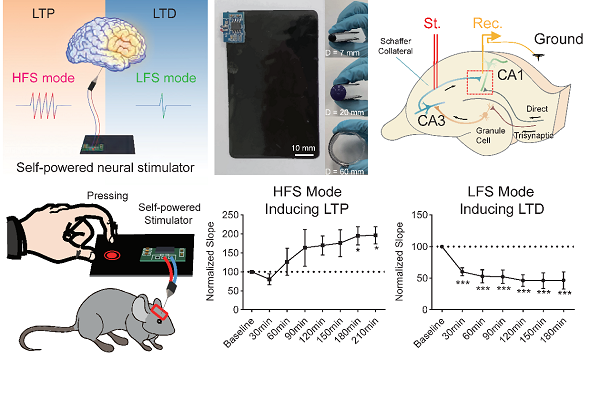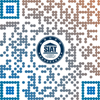Recently, the Brain Intelligence Center team led by Zhan Yang at the Shenzhen Institute of Advanced Technology, Chinese Academy of Sciences, in collaboration with the Neural Engineering Center team led by Li Guanglin and the team led by Xue Xinyu from the University of Electronic Science and Technology, developed a self-powered flexible wearable neural stimulator that achieves bidirectional regulation of neural plasticity. The related findings were published in Nano Energy (impact factor 16.602) under the title Bidirectional modulation of neural plasticity by self-powered neural stimulation. This work provides new ideas for the treatment of neurological diseases based on synaptic plasticity and bidirectional brain-machine interaction.




